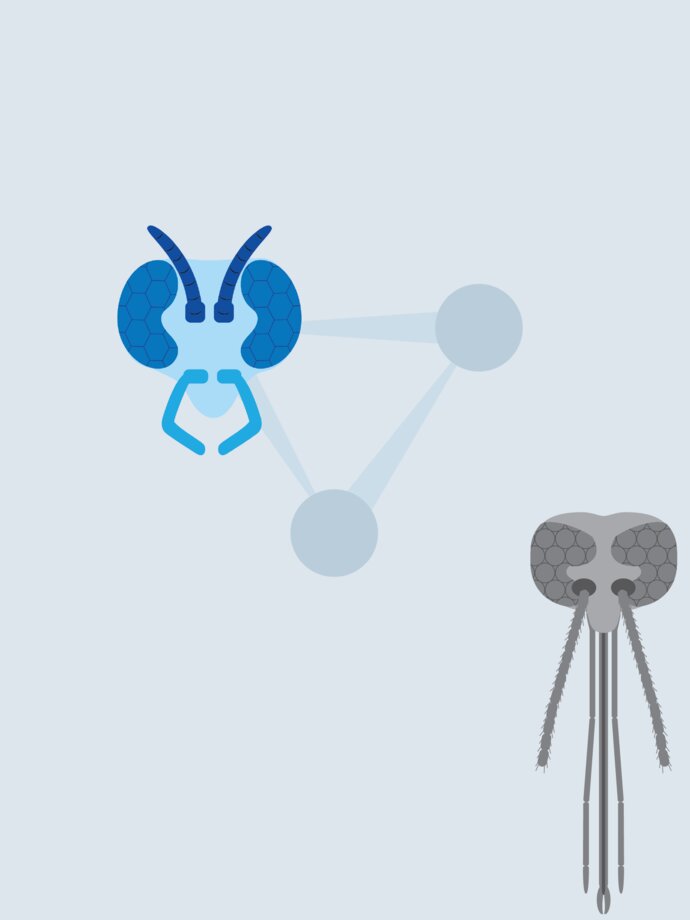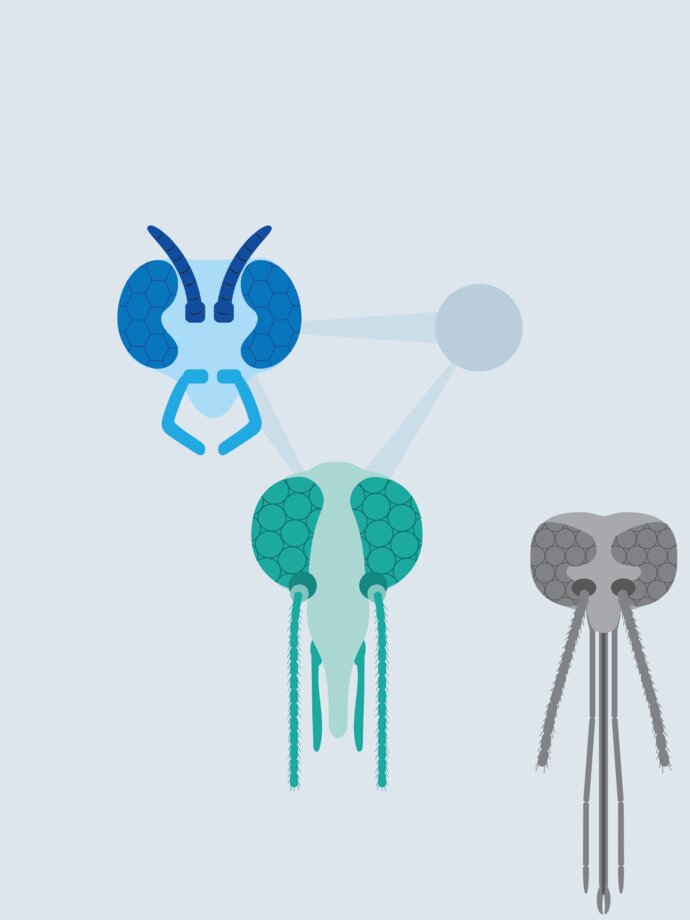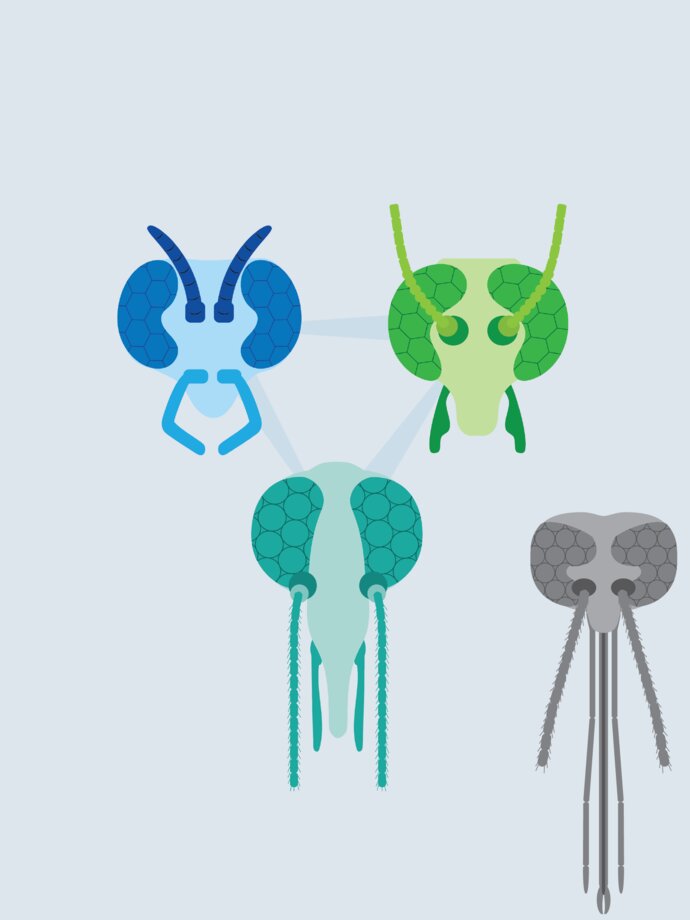Members directory

Dr
Chinonyelum Linda
Oforka
Vector biology, ecology, surveillance and control.
Vector population dynamics, molecular characterisations, and parasite transmission potentials.

Dr
Philip
Oke
Parasitic insects in Nigeria with interest in biting midges and sand flies

Mr
Olusola
Olaleye
Control of vectors that transmits diseases using natural products

Dr
Evelyn
Olanga
My research interests include vector control, vector biology, infectious diseases, neglected diseases and basic biology

Mr
Akinseye
Olanrewaju
The mechanism of action of the anti-trypanocidal drugs such as pentamidine, fexinidazole and acoziborole (to mention but a few) and even some natural herbs which are being administered to cases of African trypanosomiasis revealed that they are usually directed to assault and kill the trypanosomes in the body. The red blood cell (RBC) membrane which form the first site of infection are usually unprepared for the first attack and hence the RBCs suffer massive destruction as seen in various anaemic shape the cells assumed after the first wave of parasitaemia. The bilayer membrane of RBCs consist of glycoproteins such as glycophorin A which bound to neuraminic acid (NA) and O-linked oligosaccharide sugar. This conjugate forms the binding site for trypanosome on RBCs. NA can be oxidized or cleaved from glycophorin by neuraminidase or sialidase secreted by the invading trypanosome. The research interest lies in the ability to screen for neuraminidase inhibitors either natural or synthetic compounds which can be used to block the parasite before adhering itself to the surface of RBCs and damage the cells. This will requires designing or screening for compound, its bioavailability, molecular basis and understanding its toxicity as well as its effectiveness.

Dr
A.Sonia
Olmeda García
Ticks; Tick-Borne Diseases; Vector-Borne Diseases

Professor
Daniel
Oluwayelu
Surveillance for zoonotic and emerging infectious diseases of livestock, companion animals and wildlife; viral discovery and ecology; arthropod-borne viral diseases of medical/veterinary importance.

Priscilla
Opare
Leishmania

Miss
Eliana
Ordoqui
Taxonomy, biology, ecology, vector competence and control of blackflies. I am working on a blackfly problems a long Salado river at Buenos Aires Province. I found 4 species of blackflies breeding in this river and closer chanels. One species, Simulium chaquense is a big problems for more than 1.500.000 people living in the area. I want to go deep in this problem trying to give some solutions to those people.

Dr
Mike Yaw
Osei-Atweneboana
My expertise are in the areas of medical entomology, parasitology and molecular biology. Applying these expertise my research interest involves exploring blackfly vector dynamics and transmission patterns of onchocerciasis and other Neglected Tropical Diseases (NTDs) to support the control of onchocerciasis and other NTDs and also determine the feasibility of onchocerciasis elimination in Ghana. Other research interest include the development of molecular diagnostic tools and genetic markers to determine the parasitological responses to antihelminthics and to understand the mechanisms of drug resistance.

Dr
Maha
Osman
My research interests are in the areas of molecular epidemiology of tropical diseases and identification of potential bio-markers for the diagnosis and control of diseases. In the area of tropical diseases I focus on control of leishmaniasis and malaria with particular interest on sandfly.

Professor
Chris
Oura
Vector borne viral diseases of animals and humans
Culicoides -borne viral diseases
Bluetongue virus, Oropouche virus and EHDV
One Health

Professor
Yusuf
OZBEL
Sand fly fauna, leishmaniasis epidemiology, sand fly identification tools